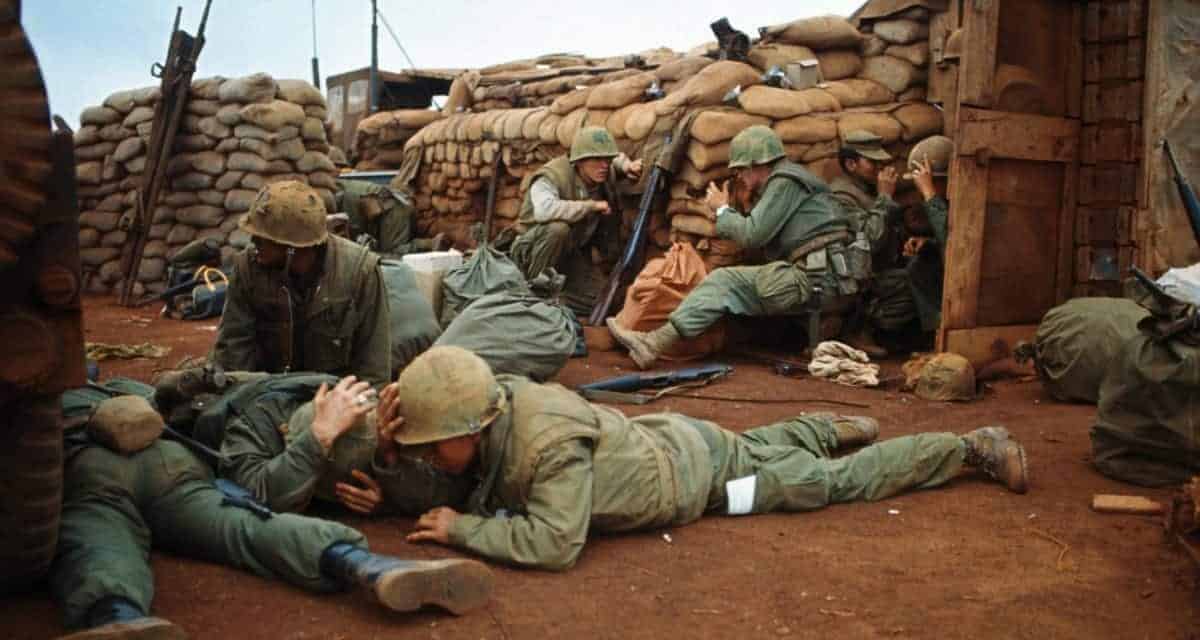The Vietnam War, or, as it’s called in Vietnam, the Resistance War against America, was a cold war-era proxy war, officially fought between North and South Vietnam. The players in this war were the South Vietnamese army, or the Army of the Republic of Vietnam, the Viet Cong, guerrilla fighters allied with North Vietnam, and the Communist People’s Army of Vietnam, the official army of North Vietnam, as well as American forces.
Battle of Ấp Bắc, January 2, 1963
On January 2, 1963, army and Civil Guard forces from South Vietnam engaged Viet Cong forces from North Vietnam at the village of Ap Bac, 35 miles southwest of Saigon. The South Vietnamese army was well-supplied, with armor, artillery and air support, as well as American military advisors. The South also had a clear numerical advantage, outnumbering the Viet Cong four to one.

According to early reports from the United States Army Command in the Pacific, the United States Army Command in the Pacific reported the battle to the Joint Chiefs of Staff as “one of the bloodiest and costliest battles of S. Vietnam war” and noted that the battle “will provide enemy with morale-building victory”. The Viet Cong did, indeed, find this victory to be quite important.
The Battle of Ap Bac was a clear win for the Viet Cong for several reasons. Captured Viet Cong documents claimed preparation, motivation and discipline as the cause for their victory. American officials attributed the loss, in part, to South Vietnamese military strategy. The South Vietnamese acted courageously, but without the needed organization. They failed to make effective use of American resources. The Battle of Ap Bac illustrated the challenge for larger armies against small, highly mobile forces like the Viet Cong. By the end of the battle, the South Vietnamese lost 80 men, with another hundred wounded.
The Battle of Ap Bac played a key role in engendering American condemnations of military activities in Vietnam. The press presented the battle as a clear loss, which it was, but exaggerated the importance of the battle, and framed it in the worst possible light. Newspapers claimed multiple American casualties, and accused South Vietnamese troops of cowardice. The U.S. government expressed concerns about how the battle was presented; these concerns would continue for the remainder of the war.

